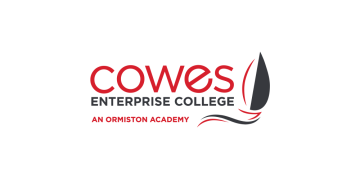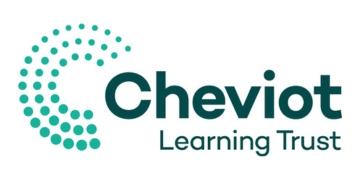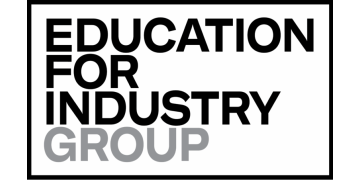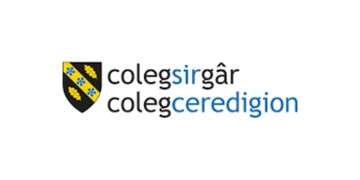The government will hand £17 million in additional funding to academy trusts to help “strong and high-potential” chains to take on more schools – but eligibility for some trusts will depend on EBacc entries.
Damian Hinds, the education secretary, today announced the creation of a new trust capacity fund, the latest in a series of initiatives aimed at helping academy trusts to grow. Schools Week revealed in March that the government has handed out £126 million in sponsor capacity funding since 2013
The £17 million will be divided between strong trusts that plan to “grow and innovate in areas of long-standing need”, those that want to convert and improve weaker maintained schools or add vulnerable academies to their trust and mid-sized chains with potential to be strong that want to accelerate their development.
The fund will also be used to “create new strong trusts” through mergers between trusts and single academies, and by supporting “priority projects identified by RSCs”.
The Department for Education has today launched a trust capacity fund eligibility checker, which allows trusts to input their details into a spreadsheet to check their eligibility for the programme.
Some trusts – those in the most generous “strand” – will be judged for eligibility based on EBacc entries.
They will have to prove either that entry rates at three quarters of their converter academies or half of converter AND sponsored academies are above the national average, or at least above 33.4 per cent, which is 5 per cent below the national average, and “on an increasing trend for the last three years”.
Alternatively, trusts can still be eligible if their published EBacc entries are above the national average as a whole.
The £17 million allocated is a lot lower than the last round of sponsor capacity funding. The MAT development and improvement fund, which opened in late 2017, had £53 million available. Its predecessor, the regional academy growth fund, had £31 million.
However, a Schools Week investigation in March revealed that despite the generosity of the previous funds, the money wasn’t always having the desired effect.
Data obtained by this newspaper showed that of trusts handed almost £5 million in 2016-17, six trusts paid a combined £195,334 had not taken on any new schools.
Furthermore, four trusts that received funding in 2015-16 were still yet to expand. Southmoor Academy Trust, Brighter Futures, the Keys Federation and Zest Academy Trust received £293,045 between them.
Each of the four “strands” of the new trust capacity fund will have different eligibility criteria based on certain metrics, including financial health, trust size, school improvement, progress, phonics attainment and participation in the EBacc.
Trusts in the first strand will be eligible for between £50,000 and £310,000 each, while those in the second will receive between £50,000 and £200,000. The third strand has a range of £20,000 to £150,000, while trusts in the fourth could get between £20,000 and £100,000.
“Strong academy trusts across the country are already supporting schools in many of the communities that need it the most and this funding will help this to happen in even more areas,” said Hinds.
“Academies are at the heart of our reforms to education and just last week new data revealed that the last year has seen 80,000 more children studying in good or outstanding sponsored academies that were previously run by local authorities which is why we must continue to give these charitable institutions the opportunity to turn around more schools.”







89% of LA schools are good or better, 88% of converter academies and 73% of sponsored academies. But no praise for the former – just millions doled out to expand academization.
Hinds implies all LA predecessor schools of sponsored academies were failing. They weren’t. The data he uses says 12% were already good or better.
And turning inadequate LA schools into sponsored academies isn’t a sure-fire way of improving them. 32% of previously inadequate LA schools are less than good as sponsored academies. 27% of those which required improvement at also less than good since being sponsored (they may even have gone backwards but the data doesn’t say).